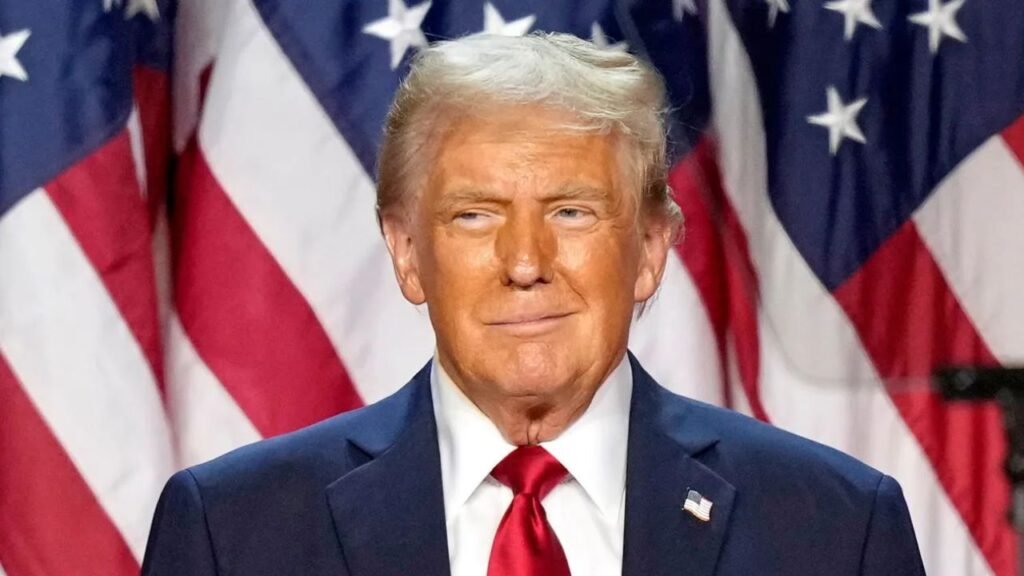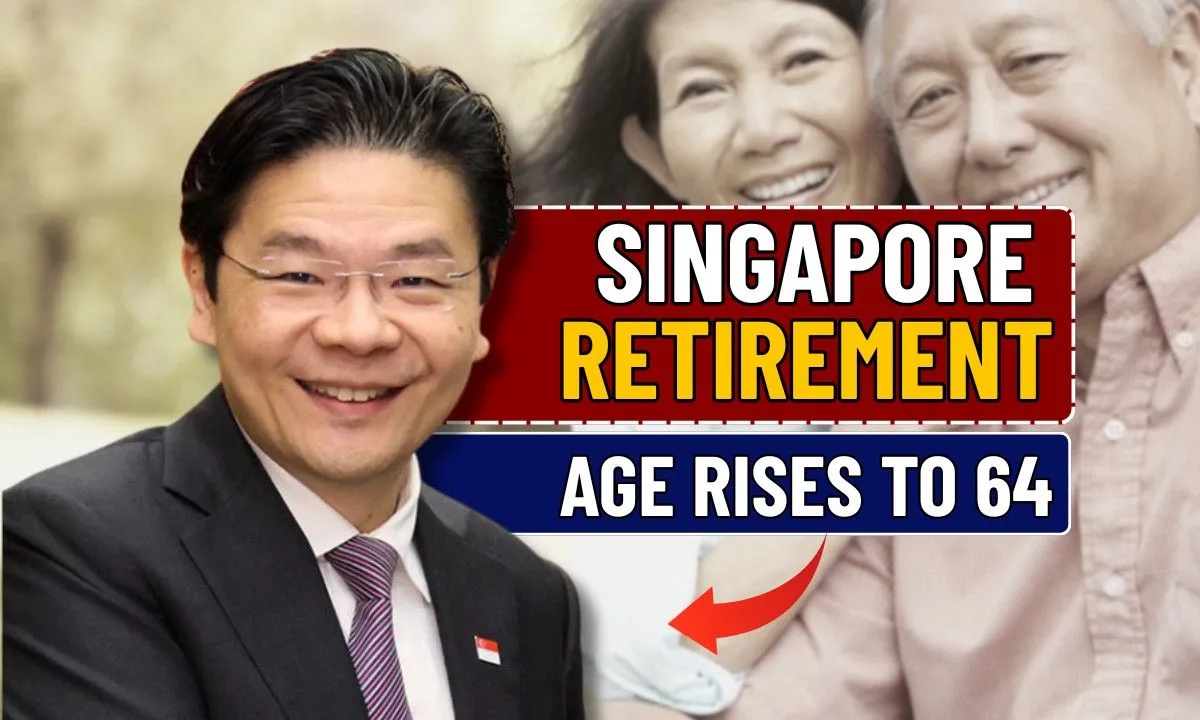Former President Donald Trump has proposed a new initiative to help secure the financial future of American children. The plan would provide a one-time $1,000 deposit for every child born between January 1, 2025, and December 31, 2028. Guardians can also contribute up to $5,000 annually, and the accounts would grow tax-deferred based on stock market performance.
The proposal has sparked debate across political and financial circles. Advocates praise it as a pro-family policy to give children a financial head start, while critics question funding sources, fairness, and long-term viability. The program remains a key topic in 2025 legislative discussions.
Table of Contents
Understanding the Trump Account Proposal
The Trump Accounts function like tax-advantaged investment accounts managed by parents or legal guardians until the child reaches maturity. Unlike traditional 529 plans, funds are not restricted to educational use. The accounts aim to provide children with early financial security and encourage private contributions to supplement the federal deposit.
Key Features and Contribution Rules

| Feature | Description |
|---|---|
| Eligible Children | Born Jan 1, 2025 – Dec 31, 2028 |
| Federal Contribution | One-time $1,000 deposit per child |
| Private Contributions | Up to $5,000 annually by guardians or third parties |
| Tax Treatment | Tax-deferred growth based on stock market performance |
| Account Management | Controlled by parents/guardians until child reaches maturity |
Corporate Participation and Public Support
The announcement drew support from executives at major companies, including Goldman Sachs, Uber, Dell Technologies, and Robinhood. These companies pledged private contributions to complement the federal deposit. Public-private collaboration could expand the program’s reach and integrate it into corporate family benefits, making the initiative more robust and widely accessible.
Budget Implications and Legislative Challenges
The Trump Account proposal is part of a larger legislative package that has passed the House but faces resistance in the Senate. The Congressional Budget Office projects that the legislation could increase the national debt by $2.4 trillion over ten years. Critics also note potential reductions in healthcare coverage and food assistance, making the plan’s passage contingent on broader policy approval.
Expert Opinions and Financial Considerations
Financial experts acknowledge the potential benefits of early financial planning for children but caution that the $1,000 initial deposit alone may not generate significant returns. Concerns include:
- Growth depends on stock market performance
- Fees and account management rules are unclear
- Potential overlap with existing savings options such as 529 plans
Comparing International Child Savings Programs
Other countries have experimented with government-seeded child savings initiatives. The UK’s Child Trust Fund operated from 2002 to 2011 and offered a one-time voucher, while Singapore’s ongoing Baby Bonus Scheme provides matched savings and cash bonuses. These examples show how similar programs can benefit families but may face sustainability challenges.
| Country | Program | Status | Key Feature |
|---|---|---|---|
| United Kingdom | Child Trust Fund | Discontinued | One-time voucher, tax-free savings |
| Singapore | Baby Bonus Scheme | Ongoing | Government-matched savings plus cash gift |
FAQ
Q1: Who qualifies for a Trump Account?
Answer: Children born between January 1, 2025, and December 31, 2028, are eligible for the federal deposit.
Q2: Can additional contributions be made to the account?
Answer: Yes, parents, guardians, or third parties can contribute up to $5,000 per year.
Q3: Are the funds limited to educational use?
Answer: No. Withdrawals can be used for any purpose, unlike 529 plans.
Q4: What risks are involved?
Answer: Returns depend on stock market performance, and fees or account management policies may affect growth.
Q5: Has the plan become law?
Answer: No. The proposal is awaiting Congressional approval as part of a larger legislative package.



